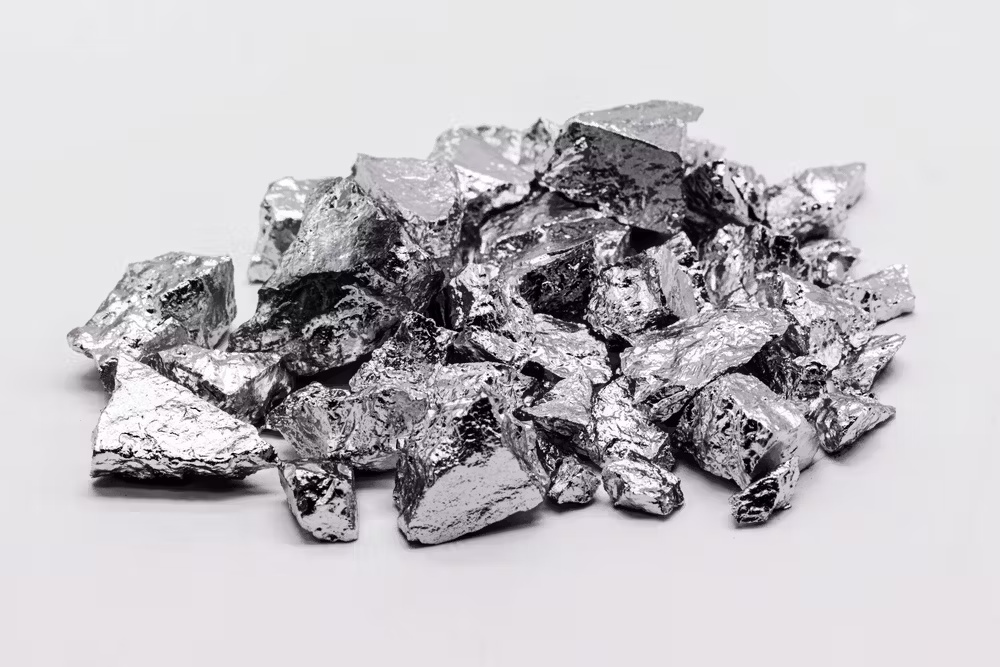Identity.
Aluminum (Al), chemical element, a lightweight silvery white metal of
main Group 13 (IIIa, or boron group) of the periodic table. Aluminum
is the most abundant metallic element in Earth's crust and the most
widely used nonferrous metal.
Atomic Structure:
Aluminum is a metal in group IIIA of the periodic table with atomic
number 13, an atomic weight of 26.982, and a density of 2.70. It has a
melting temperature of 660 C. The electronic configuration of Aluminum
is (Ne)(3s)2(3p)1, and it has an atomic radius of 0.143 nm.
History.
The history of aluminium was shaped by the usage of its compound alum.
The first written record of alum was in the 5th century BCE by Greek
historian Herodotus.[2] The ancients used it as a dyeing mordant, in
medicine, in chemical milling, and as a fire-resistant coating for
wood to protect fortresses from enemy arson.
Aluminium metal was unknown. Roman writer Petronius mentioned in
his novel Satyricon that an unusual glass had been presented to
the emperor: after it was thrown on the pavement, it did not break
but only deformed. It was returned to its former shape using a
hammer. After learning from the inventor that nobody else knew how
to produce this material, the emperor had the inventor executed so
that it did not diminish the price of gold.
Properties.
magnesium is a chemical element classified as an alkaline earth metal.
Magnesium has the characteristic properties of metals, such as:
metallic luster, high thermal and electrical conductivity,
malleability (ability to be shaped without breaking), and ductility.
Some properties of the element Magnesium: (1) Magnesium is the
alkaline earth metal. (2) Magnesium lies in group 2 of the periodic
table. (3) The atomic number of Magnesium is 12.

